Huawei’s expansion of consumer electronics in the past year has been very rapid, and the global brand has also made its way into PCs with all types of consumers in mind. The Huawei Mateview, a 28-inch display with an interesting 2:3 aspect ratio and all the great things you can find in Huawei devices is here to please the eyes of those who like it big, but is it worth the size and price? This is our full review.
The Mateview is Huawei’s take on the premium monitor market, where there is more demand not only for good screens but also more function than just your regular display for work.

Huawei Mateview key features:
- 28.2-inch 4k IPS display
3:2 aspect ratio, 3840 x 2560 px
HDR 400, DCI-P3 - Connection: Mini DisplayPort, USB Type-C, HDMI
- WiFi 802.11ac, Bluetooth 5.1
- Huawei Share
- Additional Ports: 2 x USB Type-A, 1 x USB Type-C,
We received our unit a few weeks back from the folks at Huawei Philippines. It’s a huge brown box containing the monitor itself, paper documents for manual and warranty, a USB Type C to Type C cable, a Mini Displayport cable, the monitor itself, and the accompanying power adaptor.
Design: Slim, Sleek, and Simple
Let’s talk about Mateview’s design. It’s sleek, chic, and industrial enough to stand out as a centerpiece of your work desk. The slim bezels on the 4K IPS panel do give the illusion that the display is hanging forward.

The bezels between the edge and the display itself are very thin, too. A webcam we tried to put above the display ate up some of the display due to its thin bezels, so we concluded that Huawei may want to add a built-in webcam in the future to further highlight the slimness.
This monitor uses a touch bar at the bottom of its screen to operate instead of traditional buttons, which we’ll look at in a bit.

The solidly constructed silver-colored base gives the monitor a more premium look even if it’s made entirely of high-quality polycarbonate. Line it up with a couple of neutral-colored iMacs and it would easily blend with the crowd. At the front are for the front-firing speaker, while the extra USB Type A and Type C ports, a 3.5mm audio jack, and the power button are smartly placed on the right side for ease of access.
Just on the base itself is a wireless connectivity logo for Huawei Share, which brings seamless connections to the monitor if you own a Huawei device.

Your choice of HDMI, Type-C, or DisplayPort for the display connectivity is at the back. This also makes cable management a lot easier since all cables run at the back and would be free from wires as viewed from sitting in front of the monitor.

The monitor can be adjusted at varying angles on the Y-axis, which makes it ideal for users to work on different degrees depending on their preference. You can also smoothly adjust the height of the display as it ranges from 7 to 18 centimeters. The thinness of the display panel itself makes it rely on the pre-shipped base for things such as power, sound, and connectivity. This also makes the monitor unfit for VESA mount support.
Display: Colors made for content creators
The 28.2-inch display in this monitor, along with the unusual 3:2 aspect ratio, is clearly targeted at content creators who want to use more screen estate in editing their content. The 4K display maximizes the estate with a lot sharper imagery, but you’re left with thick letterboxes when watching videos in it. I found the aspect ratio convenient when multitasking, such as opening multiple app windows and stacking them one after another without losing many sights of the things I need to from them.
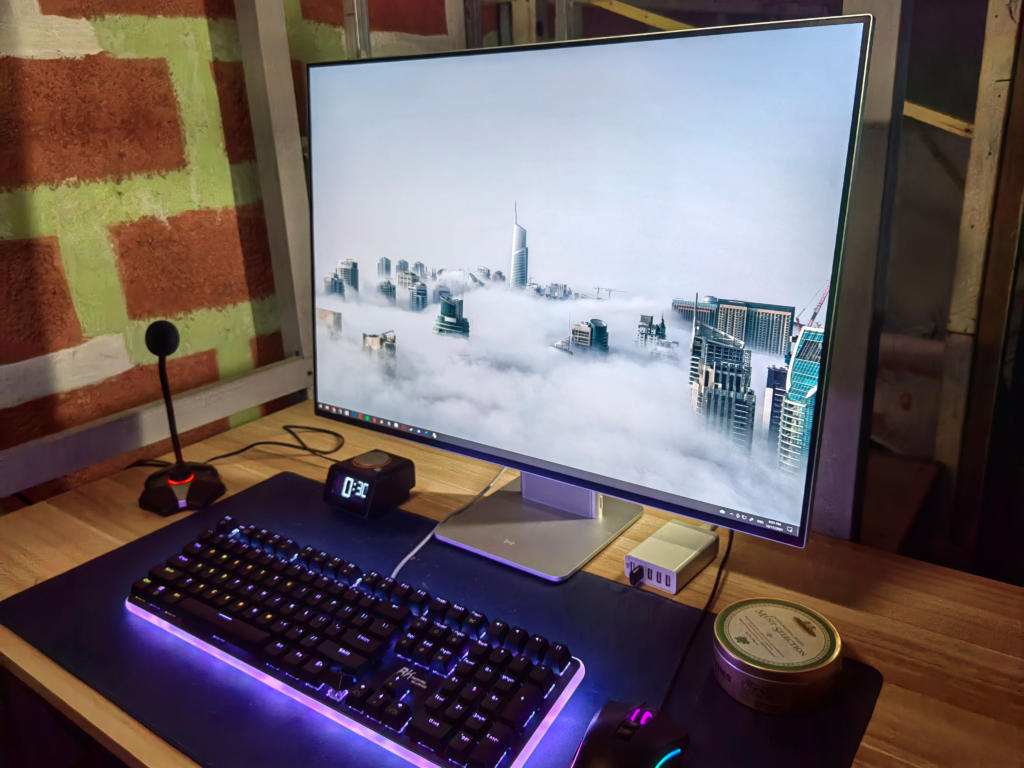
The 50Hz refresh rate on HDMI left us puzzled when even the basic monitors in the market nowadays offer it at 60Hz. To get it at 60Hz, you have to use USB Type-C or Mini Displayport which isn’t as widely supported as HDMI.
Nonetheless, Huawei’s most expensive monitor locally offers rich colors and contrast thanks to its DCI-P3 and HDR400 specifications. Colors were nearly accurate especially when using SRGB on our editing apps, and the results were satisfactory. Viewing angles are satisfactory without any harsh color changes, and the brightness at 500nits is just enough for indoor use. As it’s not made for gaming, there’s no built-in support for FreeSync or GSync on the monitor. You’d probably want to get the 34-inch MateView GT instead.
As for the 5-watt front-firing audio on the base, it is loud enough to fill up a quiet medium-sized room with noise when we played several tracks from Spotify at the loudest volume. It’s not bass-heavy, but we can hear that it’s decently tuned with good mids and trebles.
Features: Not your ordinary Monitor
The added features to the monitor definitely justify the pricing. The display can wirelessly connect to your WiFi or a Bluetooth-enabled device when needed. This proved to be great with Huawei Share, as you’ll just need to open up AI Life app to connect your phone to the monitor to wirelessly transmit your screen and see it alongside all the PC windows you’ve opened so far.

There’s also an option to wirelessly project via your phone or the PC through WiFi by following the steps displayed on the screen.

Huawei’s own flair to Mateview navigation, the Touchbar, has also been a very convenient tool to have. While it may take time for some to get used to it (tap once to show menu and perform an “ok” function, tap twice to go back to the previous menu, slide your finger left and right to navigate through menus, and adjust the volume), it definitely was a faster way to check on the settings and adjust the volume on the monitor whenever needed.




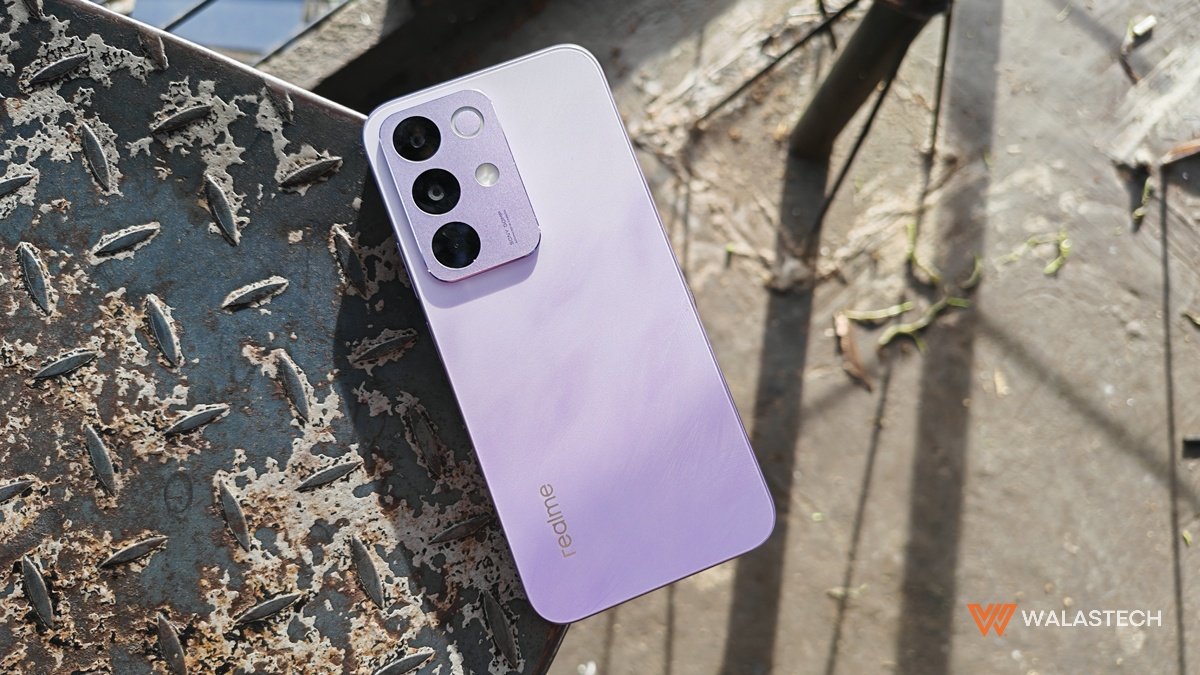

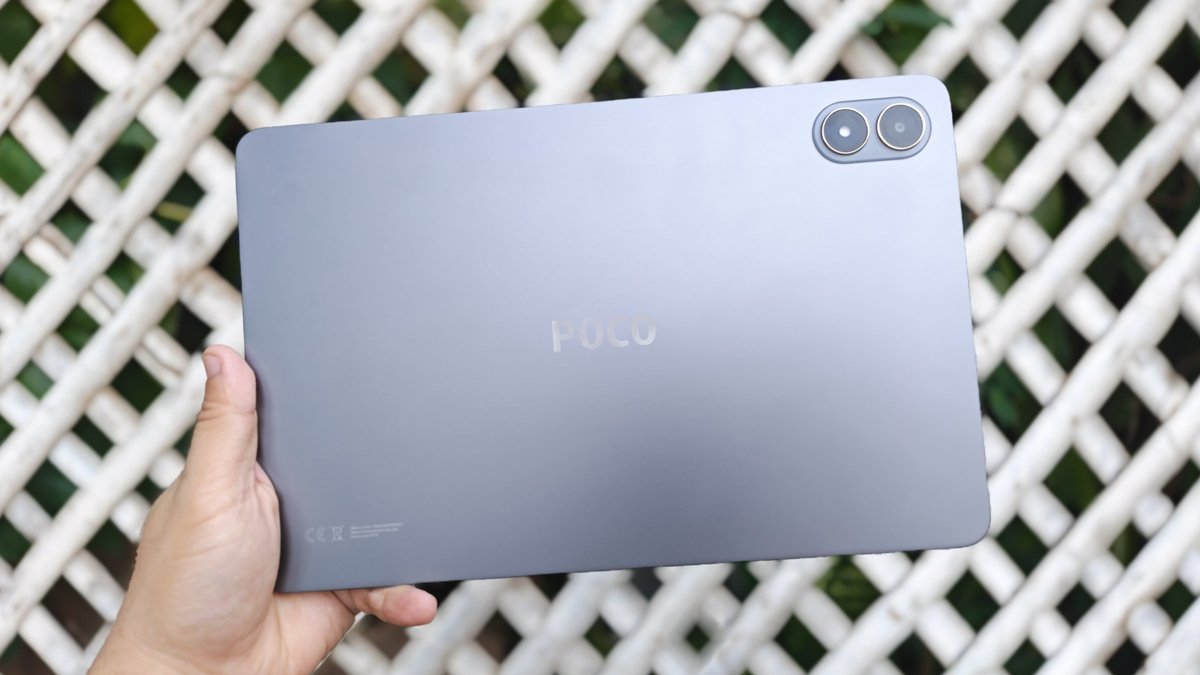
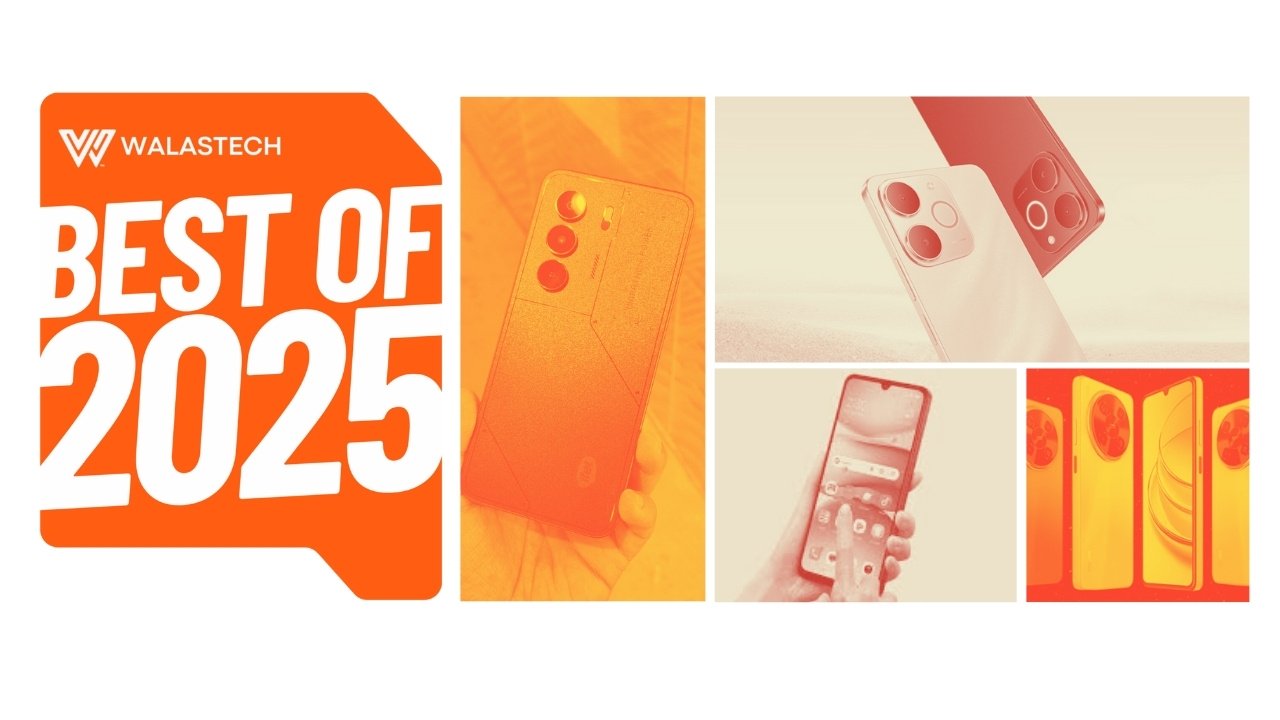
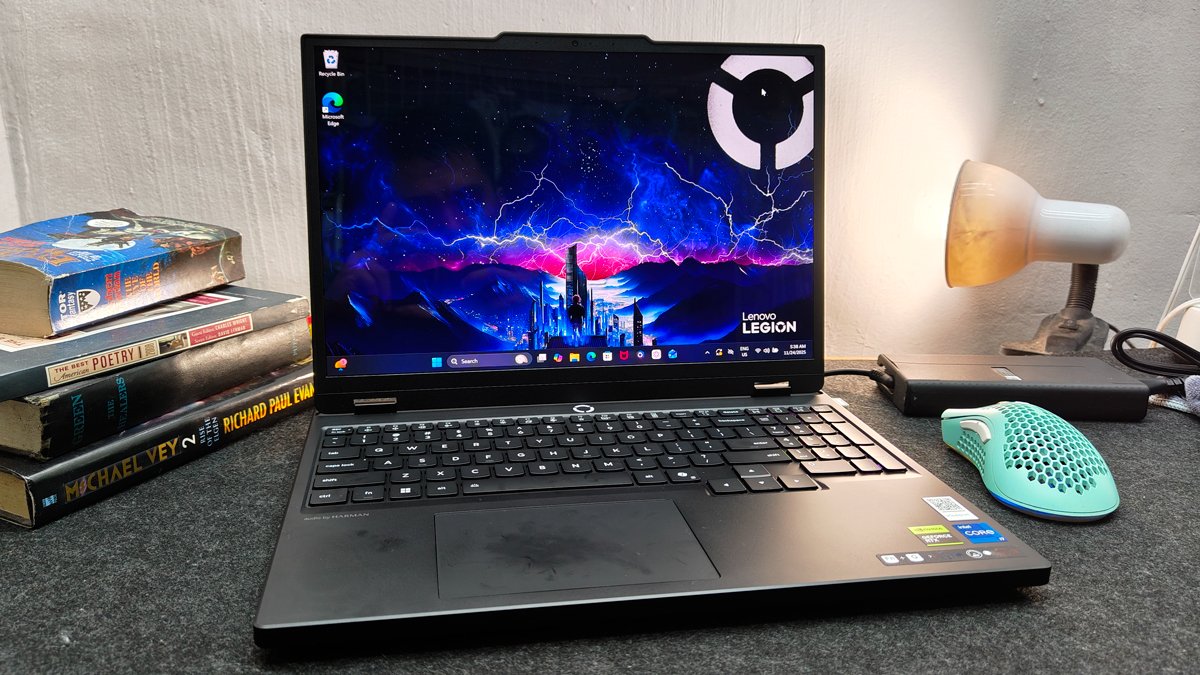
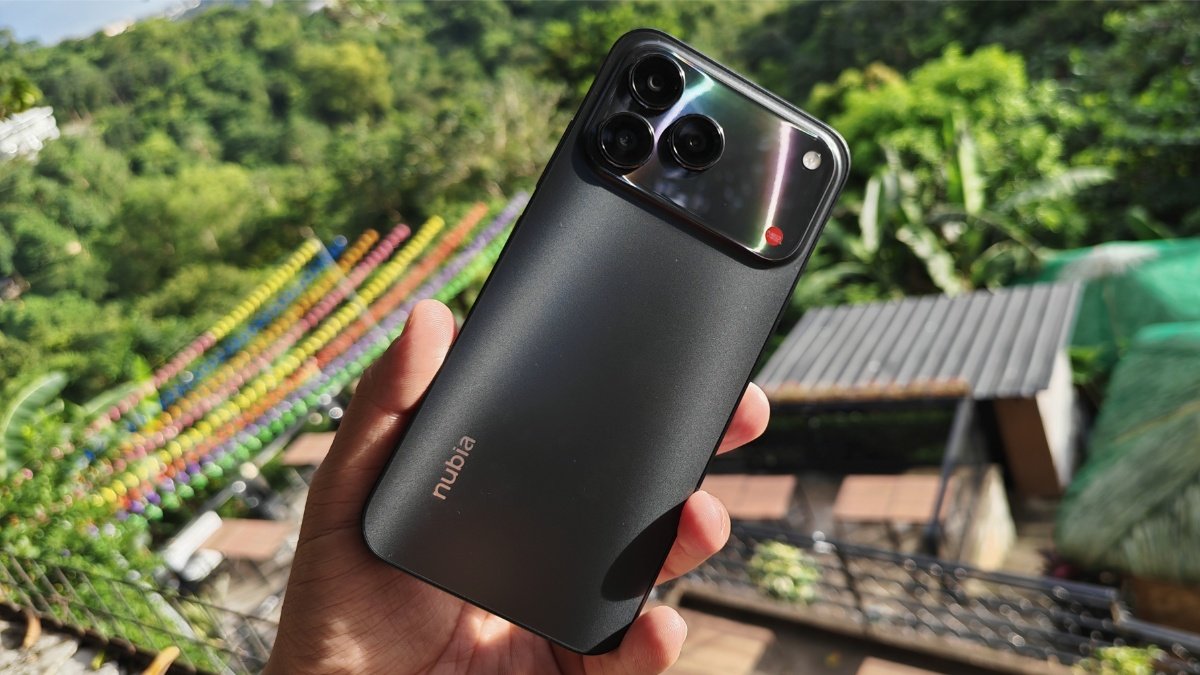
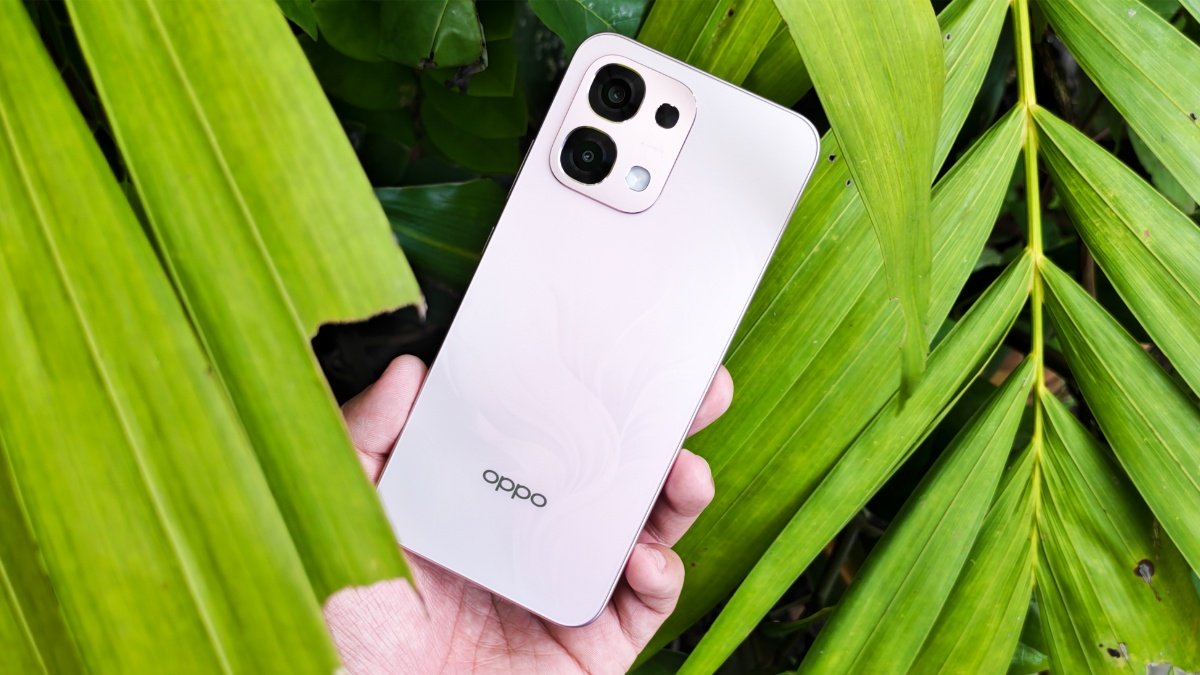
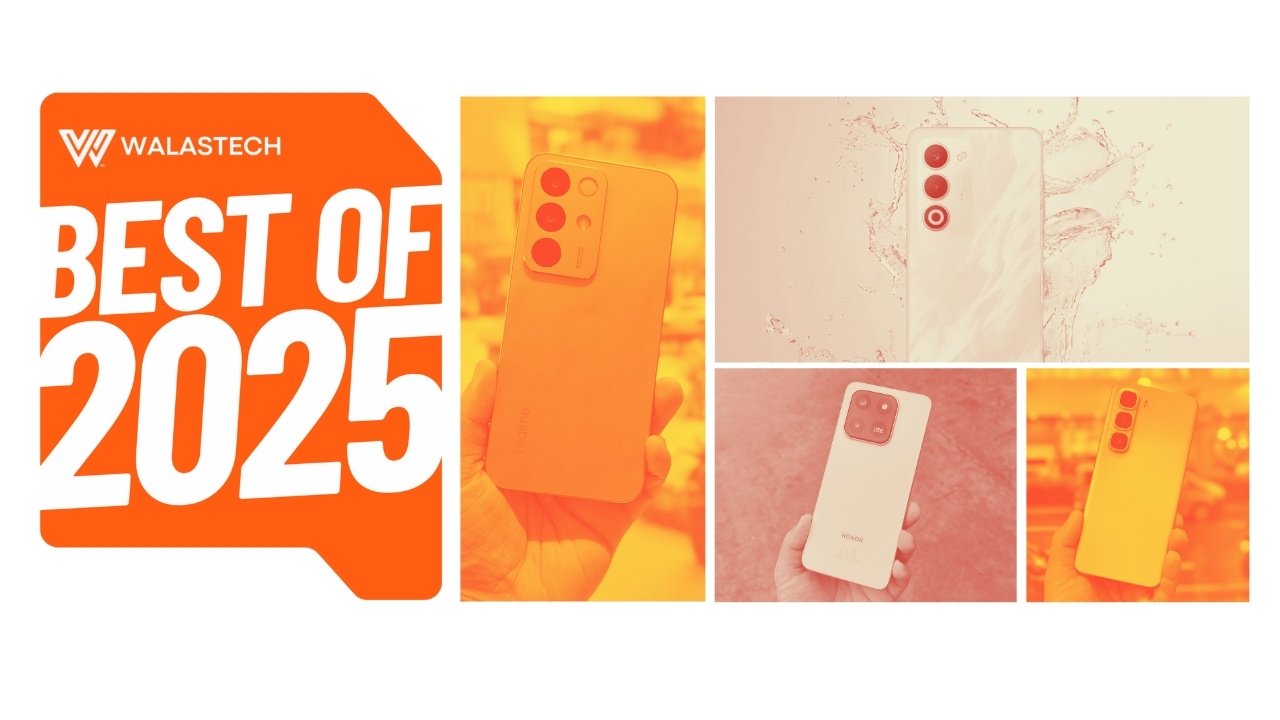


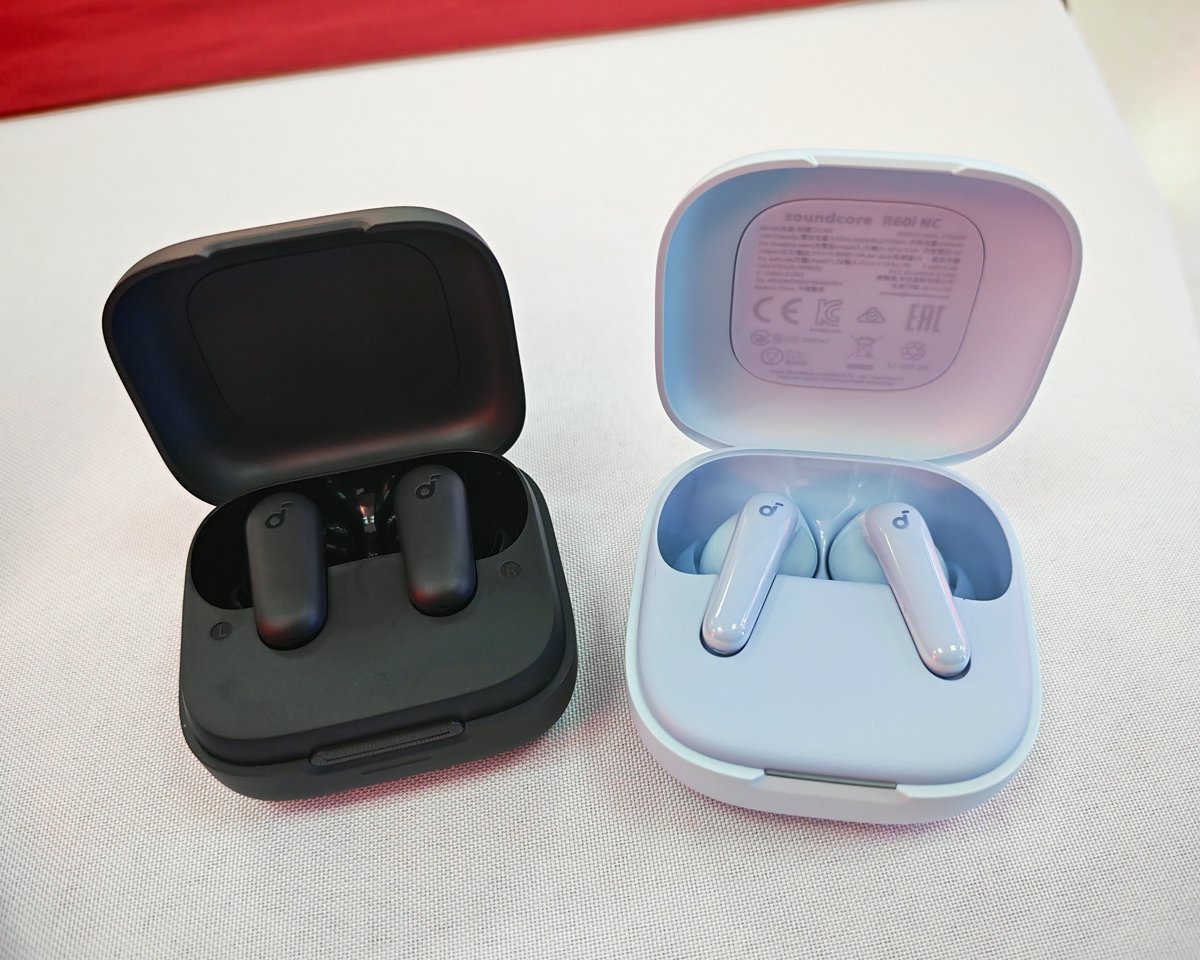

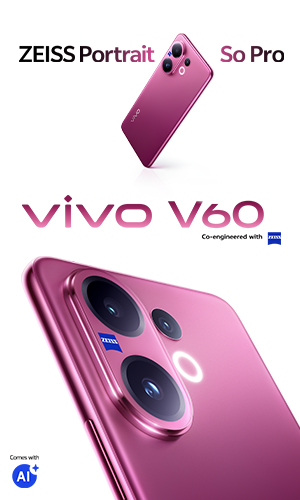
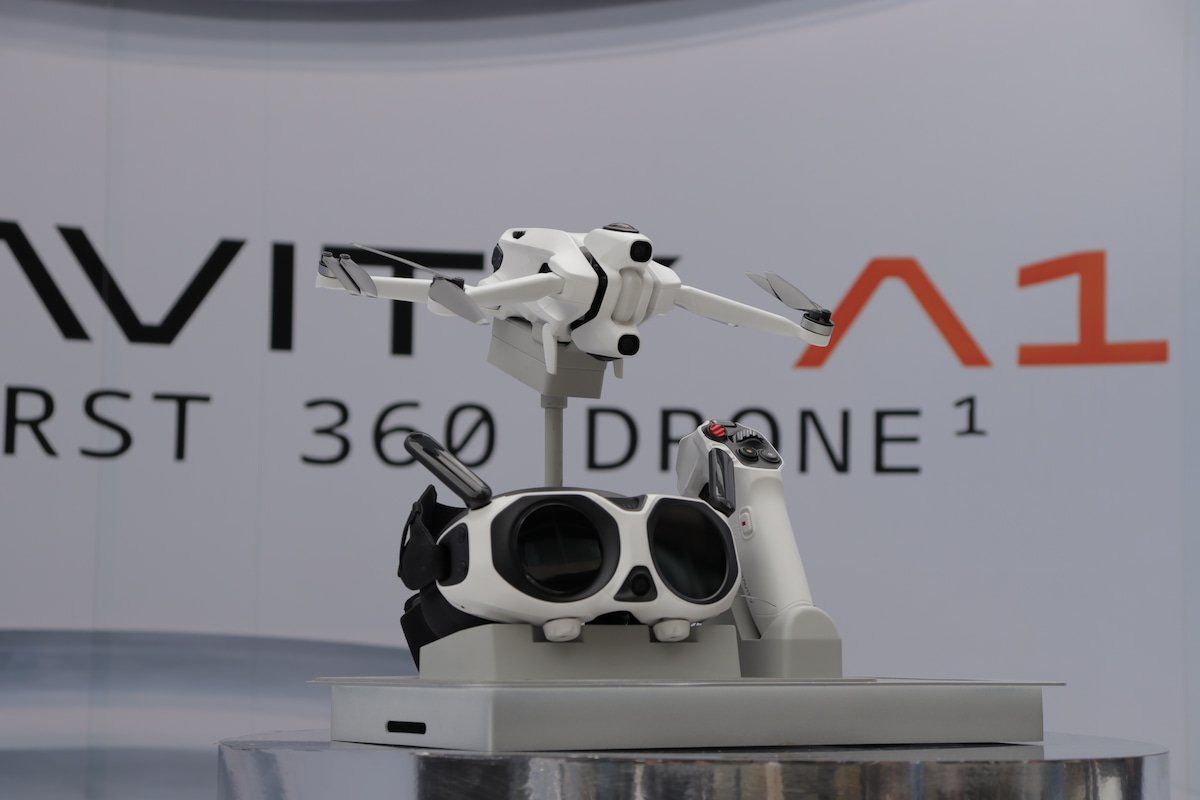

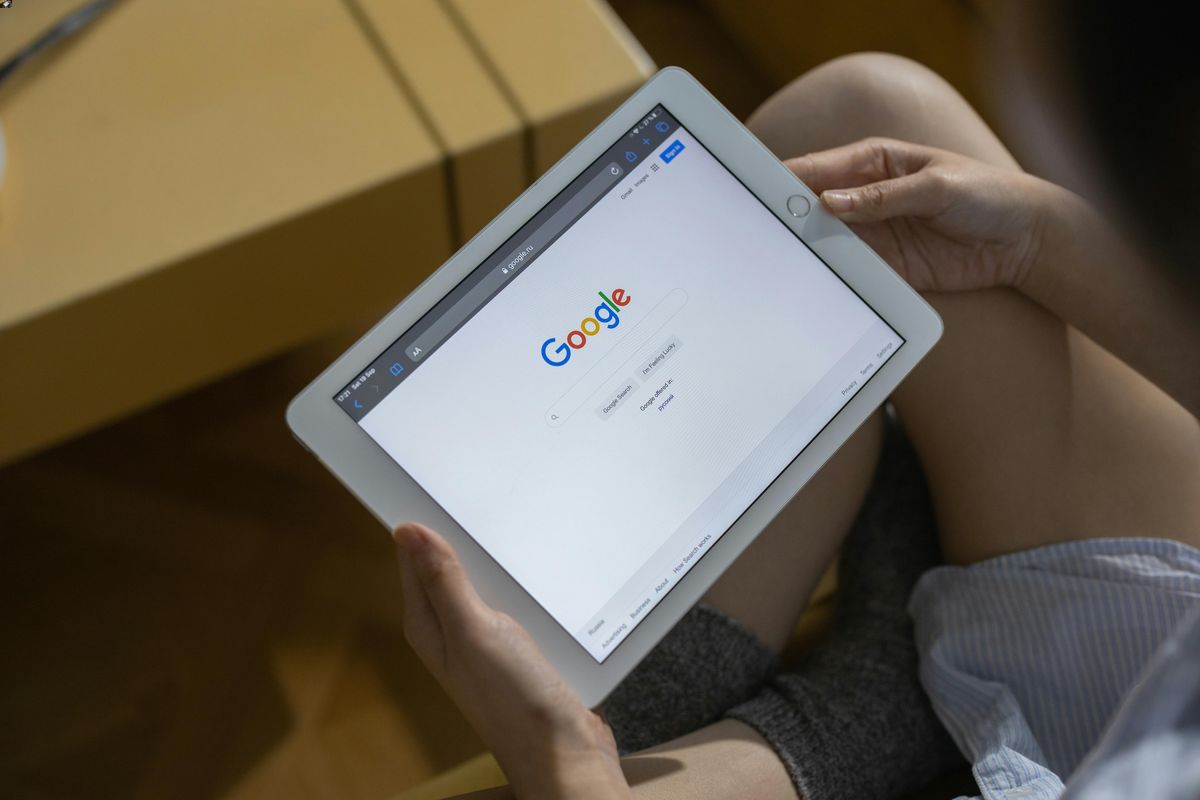

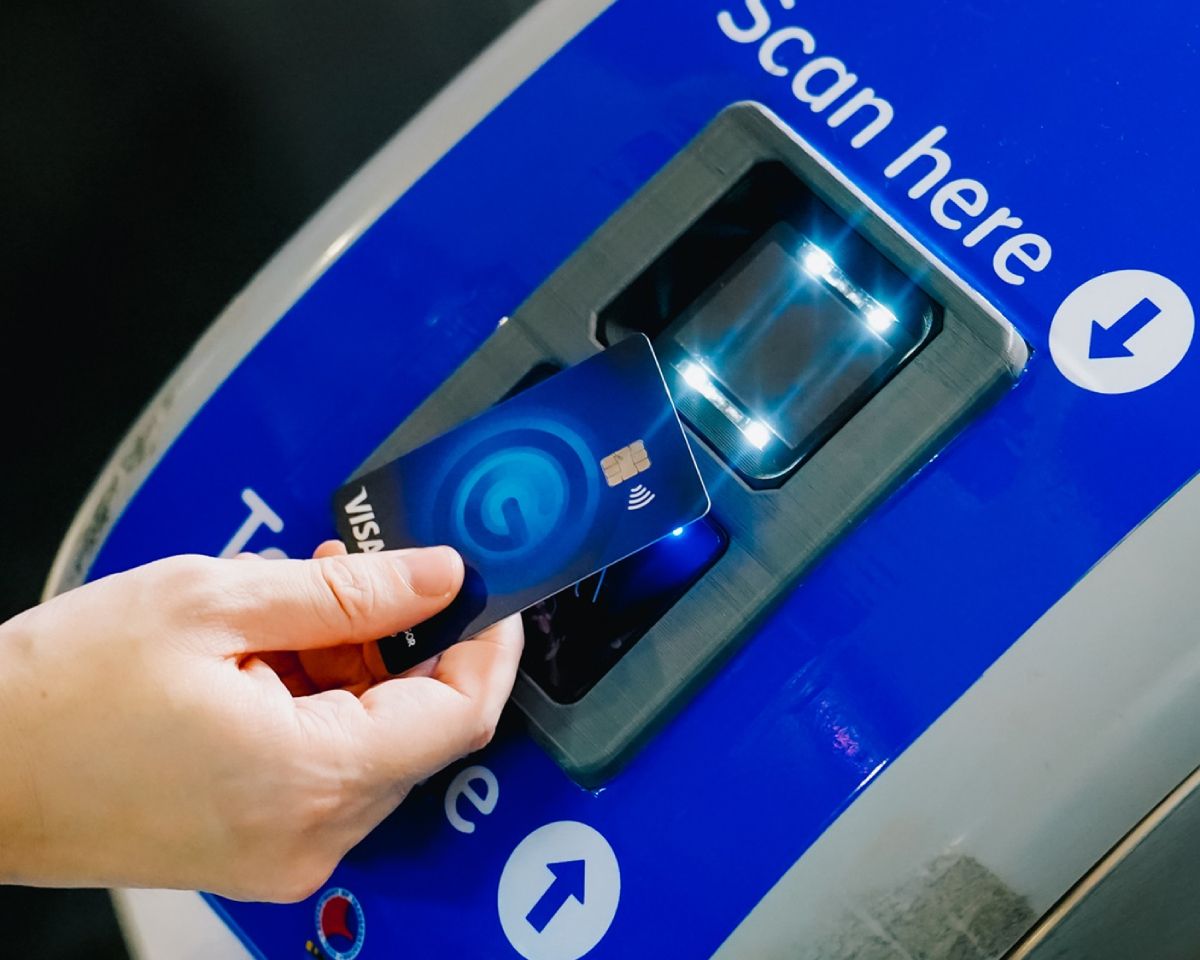


Leave a Reply